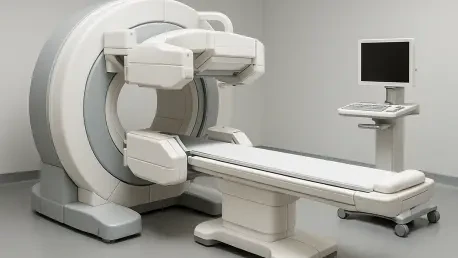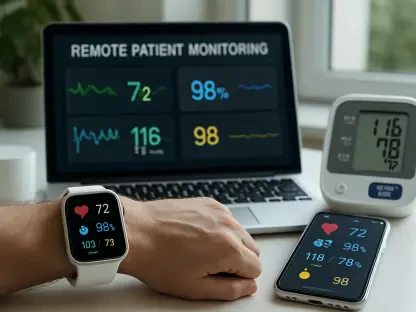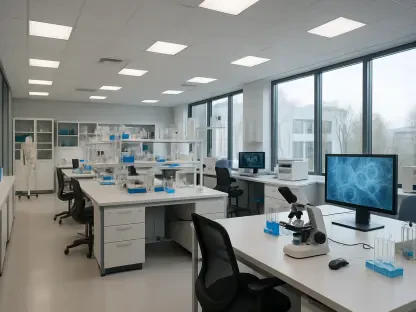The realm of healthcare is witnessing a transformative shift with nuclear medicine emerging as a pivotal player in diagnostics and treatment, particularly as the market is projected to expand from a valuation of US$6.63 billion in 2025 to US$8.31 billion by 2030, reflecting a steady Compound Annual Growth Rate (CAGR) of 4.62%. This growth underscores a pressing need for advanced solutions amid rising global health challenges. As chronic conditions like cancer and cardiovascular diseases surge, with cancer cases expected to climb to 35 million by 2050, the demand for precise diagnostic tools intensifies. Nuclear imaging technologies, such as PET/CT and SPECT/CT, are becoming indispensable for early detection and personalized treatment planning. This evolving landscape, driven by technological innovation and an urgent need for effective medical interventions, sets the stage for a deeper exploration of the factors fueling this market’s expansion over the next five years.
Technological Innovations Driving Market Expansion
A significant catalyst for the growth of nuclear medicine equipment lies in the rapid advancement of technology, particularly the integration of artificial intelligence (AI) and hybrid imaging systems. These innovations are enhancing the accuracy of diagnostic tools, enabling healthcare providers to detect diseases at earlier stages and tailor treatments to individual patients. The rise of AI-powered software, including features like kinetic modeling and lesion segmentation, is revolutionizing busy clinical settings, especially in oncology. Additionally, the adoption of hybrid devices that combine diagnostic and therapeutic capabilities, often referred to as theragnostics, is gaining traction. Such technologies not only improve patient outcomes but also streamline workflows in medical facilities. Supportive regulatory frameworks, like the SNMMI Dosimetry Initiative, further encourage the development of specialized software for personalized treatment planning, ensuring that these cutting-edge tools meet the growing demands of modern healthcare systems across the globe.
Rising Demand in Oncology and Emerging Markets
The dominance of oncology as a key therapeutic area is another crucial driver shaping the trajectory of this market, with an increasing focus on radioligand therapies for conditions like prostate cancer and neuroendocrine tumors. Therapies such as ^177Lu-PSMA and ^177Lu-DOTATATE have spurred the need for advanced imaging systems and oncology-specific software to support precise diagnostics and treatment monitoring. Beyond clinical applications, the market is witnessing growth through the establishment of nuclear medicine facilities in emerging economies, creating new opportunities for long-term development. Improved reimbursement policies for cancer diagnostics and innovations in radiopharmaceuticals are also contributing to this upward trend. As these regions invest in healthcare infrastructure, the accessibility of nuclear medicine technologies expands, addressing global health disparities. Looking back, the strides made in regulatory support and technological integration over recent years have positioned nuclear medicine as a cornerstone of future healthcare, with actionable steps like continued investment in innovation paving the way forward.









